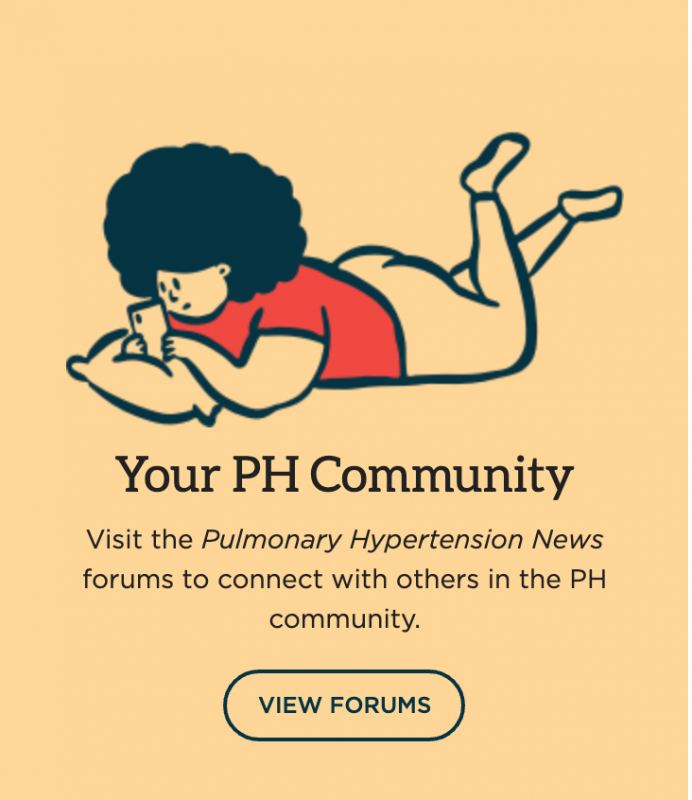Looking at why clinicians prescribe PAH combination vs. monotherapy
Study reveals US provider perspectives on single tablet combo treatment use

Among U.S. healthcare providers who treat pulmonary arterial hypertension (PAH), a patient’s current treatment, PAH cause, and coexisting health issues are the factors that most influence their willingness to prescribe first-line combination therapy over monotherapy, according to a new study.
Most clinicians said they felt a single tablet combination therapy, or STCT, like Opsynvi (macitentan/tadalafil), could have numerous benefits for patients — though some concerns related to insurance coverage and side effects remained.
The researchers noted that “monotherapy has been associated with inferior health outcomes relative to combination therapy.” As such, the team wrote, “there is a need to better understand why healthcare providers … are hesitant to prescribe upfront double combination therapy.”
Their study, “Exploring Providers’ Behaviors, Attitudes, and Preferences on the Treatment of Pulmonary Arterial Hypertension With Endothelin Receptor Antagonist (ERA) + Phosphodiesterase-5 Inhibitors (PDE5i),” was published in the journal Pulmonary Circulation. The work was funded by Opsynvi’s developer, Actelion Pharmaceuticals, now a Johnson & Johnson (J&J) company, and four of the 11 study authors were affiliated with Actelion or J&J.
“Further research on barriers to STCT adoption and impact of STCT on patient outcomes could guide efforts to optimize treatment management,” the researchers wrote.
In PAH, the blood vessels that transport blood through the lungs become narrowed, increasing pressure in them and making it harder for the heart to pump blood.
Guidelines recommend combination therapy for most PAH patients
Current guidelines recommend combination therapy with an endothelin receptor antagonist (ERA) and a phosphodiesterase 5 inhibitor (PDE5i) as a first-line treatment for most people with PAH.
These two classes of oral medications work in different ways to help relax and widen blood vessels. Among PDE5is are Adcirca (tadalafil) and Revatio (sildenafil), while ERAs include Letairis (ambrisentan), Opsumit (macitentan), and Tracleer (bosentan).
ERA/PDE5i combination therapy historically involved taking the two types of medications as separate pills. However, U.S. regulators last year approved Opsynvi, a single tablet combination of macitentan and tadalafil.
While data show that combination therapy may lead to better clinical outcomes for people with PAH, the researchers noted that many clinicians still opt to first prescribe monotherapy.
According to the team, that may be due in part to varying recommendations: Some guidelines recommended dual therapy for all patients, while others say that strategy should not be the first-line approach for people with coexisting heart and lung problems, or cardiopulmonary comorbidities.
“Given the discordant recommendations and the continued use of monotherapy, it is imperative to better understand what … factors motivate the use of monotherapy versus combination therapy,” the researchers wrote.
Providers asked to review hypothetical PAH patient profiles
To learn more, the team administered an online survey to healthcare providers in the U.S., designed to assess their beliefs and preferences regarding combination therapy for PAH management. The ensuing analysis involved data from 195 survey respondents, most of whom were physicians (73.3%) and all of whom had treated at least five PAH patients in the previous year.
These participants had been asked to review hypothetical PAH patient profiles and select the one they’d be most likely to treat with combination therapy.
From that, the researchers ascertained which factors most significantly influenced the choice of combination therapy. The most important ones turned out to be the patient’s current treatment, the underlying cause of PAH, existing comorbidities, history of side effects, and REVEAL risk status. REVEAL is a tool used by clinicians to predict PAH prognosis and mortality.
Providers were most likely to prescribe combination therapy to people with idiopathic or heritable PAH, those who are currently treated with PDE5i monotherapy or an ERA/PDE5i combination, those with an intermediate REVEAL risk status, without a history of side effects, and those without comorbidities or with cardiopulmonary comorbidities.
They were least likely to prescribe combination therapy to people with PAH related to medication use or congenital heart disease, those currently on soluble guanylate cyclase therapy (e.g., Adempas), with a low REVEAL risk status, a history of side effects, or obesity.
The finding that cardiopulmonary comorbidities don’t influence providers’ willingness to prescribe combination therapy is in line with recent work suggesting these treatments may be appropriate for this group, contrary to some guidelines.
[The survey study’s] insights suggest that access to [single tablet combination therapy] could potentially shift prescribing behaviors, enabling quicker access to guideline-recommended combination therapies while maintaining treatment adherence.
For each patient profile, the healthcare providers were asked to choose one of four specific ERA/PDE5i combination therapies that would be most appropriate.
More than half the time, they selected an STCT approach resembling Opsynvi, according to the researchers. The team noted that Opsynvi was not yet available on the market at the time the study was conducted, “meaning physician perceptions of STCT were hypothetical.”
Most providers (76.4%) felt that an STCT would allow them to start patients on combination therapy sooner and improve compliance with taking medication (82.6%). More than half indicated a willingness to switch patients to such a treatment, to consider it as an upfront therapy, or to use it as part of a triple therapy, the data showed.
“These insights suggest that access to STCT could potentially shift prescribing behaviors, enabling quicker access to guideline-recommended combination therapies while maintaining treatment adherence,” the researchers wrote.
Still, identified limitations of STCT included cost or insurance issues and history of side effects, and the researchers indicated a need for further research to evaluate the real-world benefits of STCT adoption.









